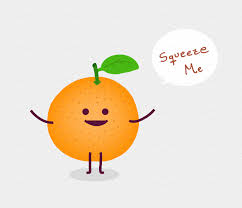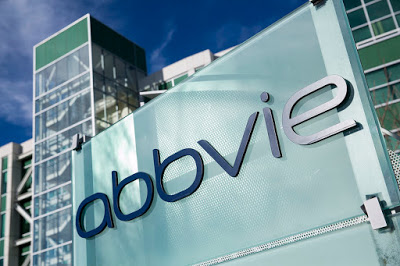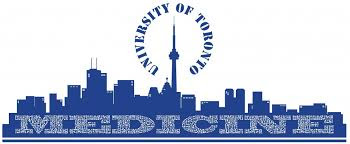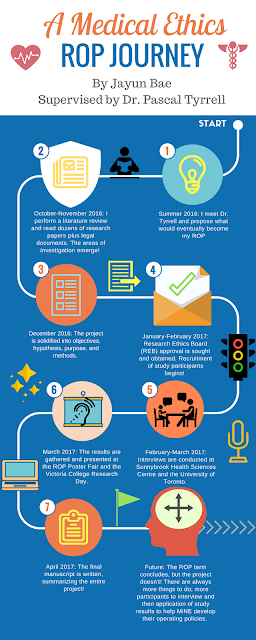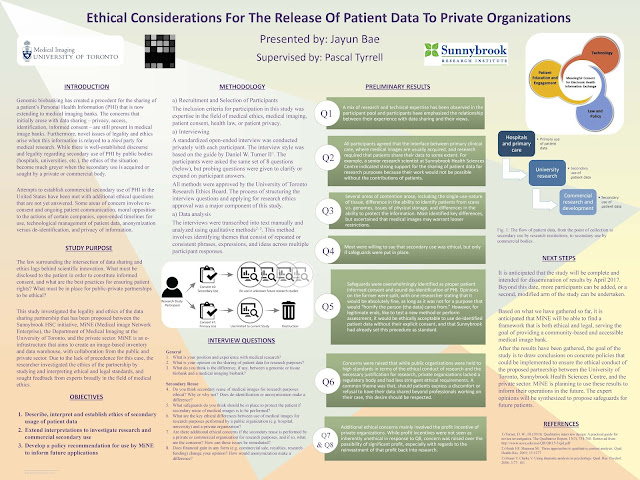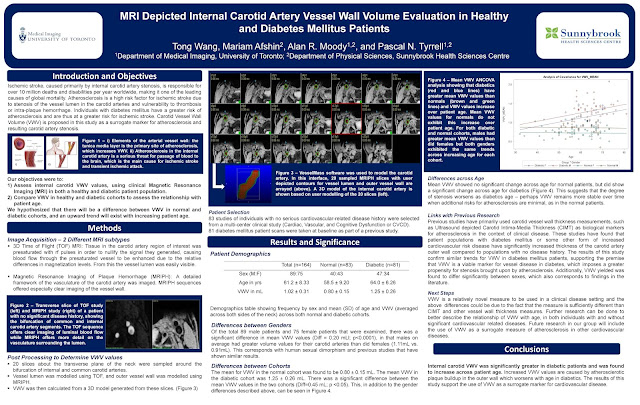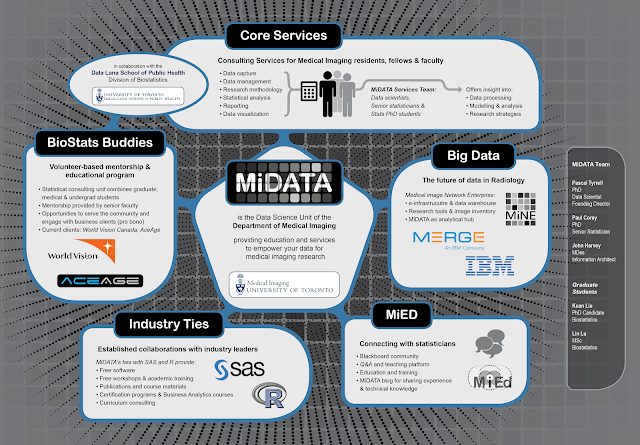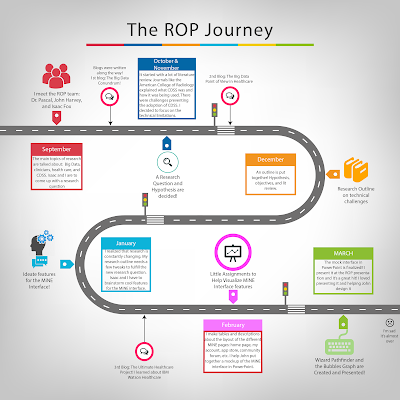My name is John Valen. Having recently completed my undergraduate degree in statistics and economics here at U of T, and soon moving on to pursue my Master’s in statistics in Europe, the Medical Imaging Volunteer Internship program seemed almost tailored to my goal of getting valuable research experience within a constrained time window. Over the course of only several months this summer, I’ve had the pleasant and enriching experience of contributing ideas and code to the project that summer ROP student Wenda Zhao undertook for the dentistry department at U of T, along with the guidance and contributions of ML lab leader Hershel Stark.
Wenda’s blog post (see here) neatly summarizes the goal of this project, one whose aim is to determine the likelihood that a misdiagnosis may occur, depending on the degree of damage to the dental plate being used for X-rays. Contributions I’ve helped make in particular include:
– Creating sparse matrix representations of the grey scale X-ray images themselves in order to economize on memory and run-time performance
– Hand-engineering features: once the artifacts (damage such as scratches, dents,
blotches, etc) were segmented out via DBSCAN, they were characterized by a variety of different metrics: size (pixel count), average pixel intensity (images are grey scale), location (relative to the center of the plate image), etc.
– Training a K-Means algorithm to cluster segmented artifacts from the dental plate images based on these hand-engineered features, whereby clustering them in this unsupervised manner gave us insight on their properties;
And much more. If you are not familiar with this machine learning lingo, then do not worry; I was hardly exposed to it myself before I started working in this lab. I went in knowing close to nothing practical and a whole lot theoretical, and came out knowing quite a little more in the way of the first one. Fine, a lot more: or
so I like to think. It may not seem clear how my contributions can be used in the future to help answer the ultimate question. The truth is, nothing is really clear at the moment. The project is still on-going and I intend to keep up with it, making contributions remotely to it while I am away in Belgium pursuing my Master’s degree. This is the greatness of it all, the amount of flexibility we have in answering these questions leaves a lot of room for creativity and contemplation.
All in all, from my own perspective (which has been greatly expanded over the course of the summer), the volunteer program was a perfect means to experience the sheer amount of work that is enthusiastically undertaken by serious students in answering these important questions. I hope that I too can now consider myself at the very least climbing to their ranks while I move on to other and more numerous serious pursuits in my life.
Good luck to you all, and do not underestimate yourselves.
John Valen

